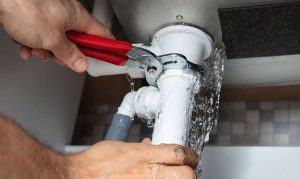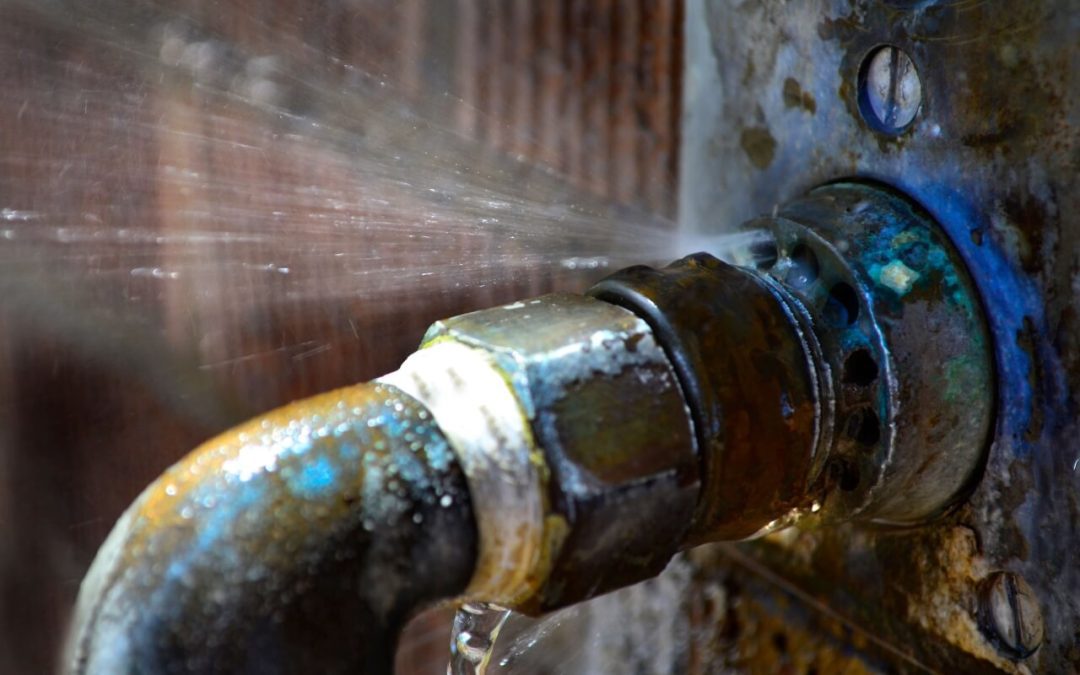How to Spot Plumbing Issues Early: A Complete Guide for Homeowners
Plumbing problems are often unavoidable, but the earlier you spot them, the easier and less expensive they are to fix. Identifying plumbing issues early can help you avoid water damage, expensive repairs, and costly water bills. In this comprehensive guide, we’ll teach you how to detect potential plumbing issues before they escalate into larger, more expensive problems.
Why Early Detection of Plumbing Issues is Important
Understanding why it’s essential to spot plumbing issues early is the first step toward maintaining the health of your home’s plumbing system. The longer a problem goes unnoticed, the more likely it is to cause significant damage. Leaky pipes, blockages, or even small drips can result in water damage to walls, floors, and ceilings, leading to costly repairs.
Early detection can:
Save you money by addressing issues early before they worsen.
Prevent water wastage and reduce your utility bills.
Protect your property from water damage.
Keep your plumbing system in top working condition.
Now that you understand the importance of early detection, let’s explore how to identify plumbing issues before they cause significant damage.
Common Plumbing Issues to Watch Out For
As a homeowner, it’s crucial to be aware of the common signs of plumbing issues that can occur in your home. Here are some of the most frequent problems you might encounter:
1. Leaky Faucets
A dripping faucet may seem harmless at first, but it can waste gallons of water over time. If you notice water dripping from your sink or bathtub faucet, it’s a good idea to investigate the issue right away. A worn-out washer or corroded valve is often the cause of the drip. While this issue may not cause immediate damage, the wasted water can add up on your utility bill.
2. Low Water Pressure
Low water pressure can indicate a variety of plumbing problems, including a buildup of mineral deposits in your pipes, a leaking pipe, or a problem with the main water supply. If you notice a decrease in water pressure from your shower, faucets, or hose, it’s best to address it early. Low water pressure could also be a sign of a larger issue, such as a pipe rupture or a blocked pipe.

3. Clogged Drains
Slow-draining sinks, bathtubs, or showers are usually an indication of a clog in the plumbing system. Common culprits include hair, grease, soap scum, and food particles. While you can often clear minor blockages with a plunger or drain cleaner, persistent clogs may indicate a more serious issue that requires professional help.
4. Running Toilet
A running toilet is another common plumbing problem that can lead to wasted water and higher utility bills. A toilet that constantly runs can be caused by a faulty flapper valve, a worn-out flush valve, or issues with the fill valve. If you notice that your toilet is running even when it’s not being used, it’s important to fix it promptly.
5. Water Stains or Dampness on Walls and Ceilings
Water stains or dampness on walls or ceilings are often the first signs of a hidden plumbing problem, like a leaking pipe. If you spot discolored patches on your walls, it could indicate that a pipe behind the wall has sprung a leak. If left unaddressed, this issue can lead to significant water damage and mold growth.
6. Strange Noises from Pipes
If you hear odd noises, such as banging, gurgling, or whining, coming from your pipes, it could be an indication of an underlying plumbing problem. Banging pipes may be caused by water pressure surges, while gurgling noises may indicate a blocked drain or a clog in the sewer line. If you hear persistent strange noises, it’s worth having a professional plumber investigate.
How to Inspect Your Plumbing System for Potential Problems
While plumbing issues often go unnoticed until they become more serious, regular inspections can help identify problems before they escalate. Here’s how you can conduct a simple plumbing inspection in your home.
1. Check for Leaks Around Faucets and Pipes
Inspect all faucets, including those in your kitchen, bathroom, and laundry room, for any visible leaks. A damp or wet area around the faucet could indicate a leak in the pipes behind the wall. Don’t forget to check under sinks for any water pooling around the pipes. Look for signs of corrosion, mold, or mildew, which can also be signs of a hidden leak.
2. Monitor Your Water Meter
A quick way to check for leaks in your plumbing system is by monitoring your water meter. Turn off all water appliances in your home (dishwasher, washing machine, etc.), then check the water meter. If the reading changes over time, it may indicate a hidden leak somewhere in your plumbing system. This is particularly useful if you can’t visually spot any obvious leaks.
3. Examine Your Water Heater
Check your water heater for any signs of leaks or corrosion. Leaks around the base of the water heater could be a sign of a failing tank. It’s important to regularly inspect the water heater to ensure it’s working properly. Additionally, make sure the temperature settings are optimal to prevent overheating or wasting energy.
4. Clean and Inspect Drains
Inspect your home’s drains to ensure they are not clogged. Clean out your sink, shower, and tub drains regularly by removing hair and debris. If you notice slow drainage, use a plunger or natural drain cleaner to clear minor blockages. If the problem persists, it’s time to call a plumber to inspect the deeper plumbing system for larger clogs.
5. Monitor the Toilet for Running or Clogging
Test your toilet by checking if it runs after flushing. If it continues running, try adjusting the flapper valve. For a clogged toilet, use a plunger or toilet auger to clear the obstruction. Regularly inspect for signs of leaks or cracks around the toilet base, which could indicate a problem with the seal or piping.
When to Call a Professional Plumber
While regular inspections and minor repairs can prevent plumbing issues from worsening, there are times when you’ll need to call in a professional plumber. Here are some instances when you should seek professional help:
Persistent or large leaks that you can’t stop.
Drain blockages that cannot be cleared with a plunger.
Major water damage or flooding from a burst pipe.
Low water pressure that doesn’t improve.
Problems with your water heater, including leaks, strange noises, or inadequate hot water.
Gas line issues, which require special tools and expertise.
Conclusion: The Importance of Early Plumbing Maintenance
Spotting plumbing issues early is the key to avoiding costly repairs and ensuring your plumbing system works efficiently. By paying attention to common plumbing issues and performing regular inspections, you can protect your home from water damage, reduce utility bills, and extend the lifespan of your plumbing system.
If you’re ever unsure about a plumbing issue, don’t hesitate to call a professional plumber. Early detection and prompt repair can save you from the headaches of extensive plumbing disasters in the future. Stay proactive in your plumbing maintenance to keep your home safe, dry, and well-maintained for years to come.

